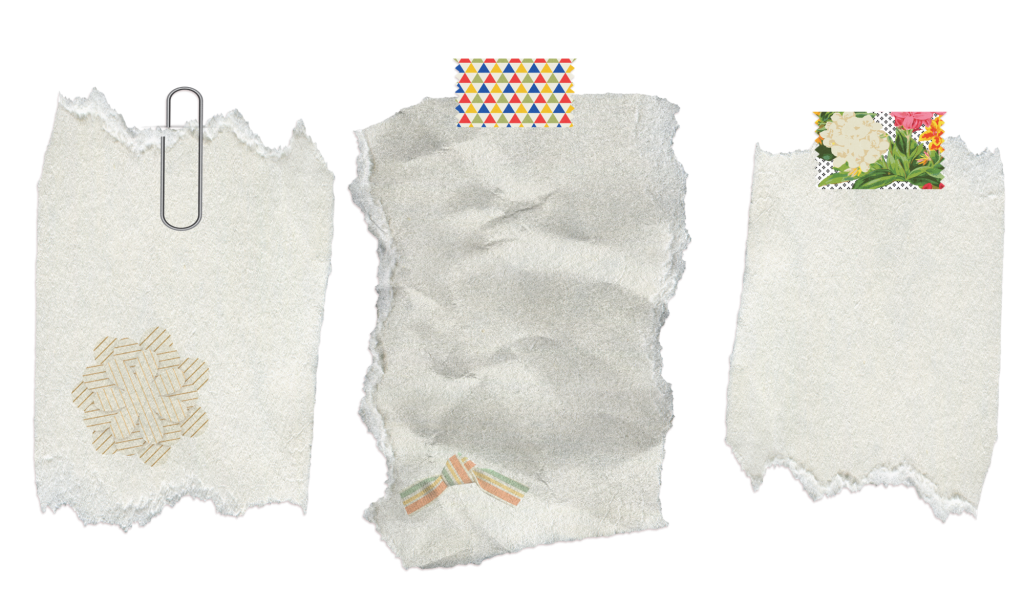Everything You Need to Know About Japanese Washi Paper
For so many things in our everyday lives, there’s an artisan alternative that hearkens back to the days before modern technology. There may have even been a time when it seemed like these things would become obsolete. But traditional items have experienced a resurgence lately.
One of these items is something quite simple: paper. Chances are, almost all of the paper in your life is smooth, white, and free of irregularities.
If you’re thinking, “Well, this paper does the job, so why would I want a different kind?” you may need an introduction to the world of Japanese washi paper. The beauty in this type of paper is hard to beat, and the paper-making process evokes a sense of nostalgia and craftsmanship.
Keep reading for a journey through the magic of washi paper.
What Is Washi Paper?
If you were to literally translate the phrase “washi paper,” you would get something like “Japanese paper…paper.” That’s right—wa shi just means Japanese paper.
To put it more clearly, washi paper is a traditional paper-making art form from Japan. Its non-uniform look provides visual texture, and the quality of this paper makes the long, multi-step process worth it.
Unlike machine-made paper, washi paper has visible fibers and a natural off-white color. It’s thick, meaning it absorbs ink in a beautiful way.
If you are visiting Japan, you might be able to visit a paper-making workshop or buy washi paper from local artisans. But even if you’re far from the source, you can still get your own washi paper from places like Edofiber.
How Washi Paper Is Made
Washi paper captivates the eye and touches the heart, and that’s no accident. It takes quite a while to make, with careful inspection at every step. Washi paper workshops are artisan wonderlands, creating something beautiful out of ordinary shrubs.
A Different Kind of Source
When you think of where paper comes from, do you think of wood and tall trees? Well, not all paper is made from these typical sources.
Washi paper comes from a few renewable plant sources: kozo, mitsumata, and gampi. These are shrubs that can grow wild or that paper-makers can cultivate near their workshops.
Paper-makers steam the branches until they are soft enough to strip apart. The actual paper is then made from the bark of these branches.
Handcrafted vs. Machine-Made
One of the main reasons why washi paper carries an “artisan” look is that it’s made by hand. Unlike mass-manufactured paper, washi paper materials go through a multi-step traditional process before they form the translucent sheets we know and love.
In the past, the handcrafted nature of washi paper was something to downplay. One of the final steps in the process was cutting the paper so it would have clean edges. These days, though, handmade items have become a novelty.
Many washi paper artisans now leave the edges of the paper rough rather than cutting the edges off. This emphasizes the handmade aspect of the paper.
Paper Pulp
So how do people get sheets of paper from shrubs? First they have to pound the vegetation into a pulp.
Once the bark is separated out, artisans can then boil it and beat it until it becomes a more amorphous substance. The fibers loosen and the paper is almost ready to become thin sheets.
The Final Look
At this point, all that’s left is to spread the pulp out so it’s thin and flat. This creates the “sheet” shape.
Because the previous step involves water from the pulp and the spreading process, it’s now time to remove extra water and let the paper dry.
Washi Paper Patterns
Although the classic off-white color might be its most familiar look, washi paper comes in gorgeous patterns as well. Think florals, mountain ranges, abstract designs, and intricate flocks of birds.
To make these patterns, artists create intricate layers of silkscreened inks. The silkscreen process requires you to use only one color at a time, so the artists need to apply each ink so it fits perfectly in the gaps of the other ink colors. In this way, the washi pattern-making process is very similar to traditional Japanese woodblock printing.
In the end, what you’ll see are beautiful little vignettes of nature and abstract designs. And as an elegant touch, some artists use a metallic overlay to create little spots of shine in the final product.
Using Washi Paper
You can think of washi paper as a higher-quality, thicker alternative to standard printer paper. For this reason, it’s ideal for ink projects and special events. Some people even use washi paper for books (though usually the outer pages rather than the inner ones).
Art Projects
Washi paper will hold ink differently than regular printer paper or sketchbook paper. Its thickness makes it quite absorbent, and the off-white look provides a textured, medium-tone base.
If you like working with inks for art projects, calligraphy, or handmade paper goods, you might enjoy seeing how your work looks on a washi surface.
Interior Design
If you like the way paper diffuses light, you might be interested in using washi paper for interior design. You can create or buy a washi paper lampshade or put washi paper on your windows for privacy.
You can also use washi paper for screens and dividers. When the light passes through the paper, you’ll get a warm, ambient effect.
Washi Wonder
As you can see, washi paper is more than just paper. It’s a craft that takes careful practice, attention to detail, and the right Japanese materials. It carries with it the traditions of Japanese cultural craft.
So if you’ve never tried using washi paper yourself, now might be the time to try! And for more insights on how things are made around the world, check out the rest of this site!

